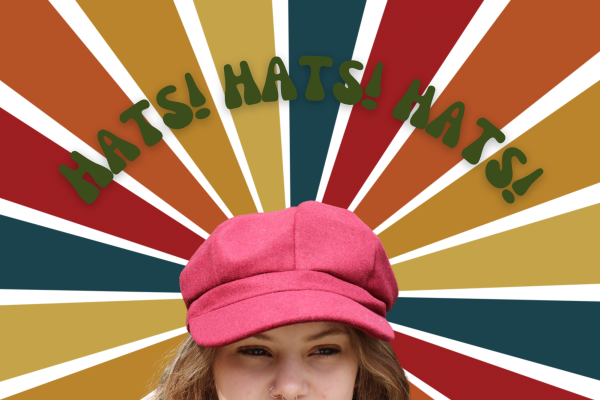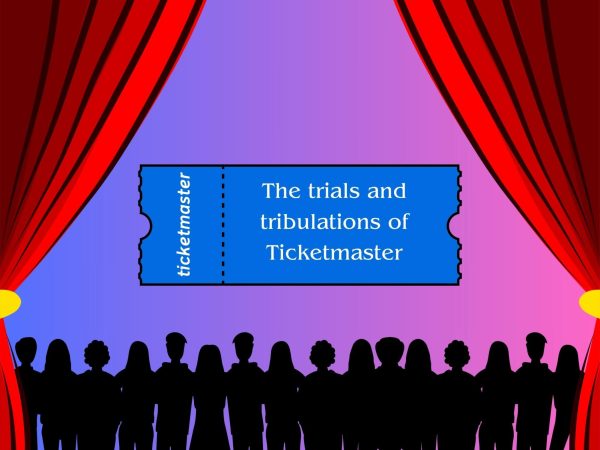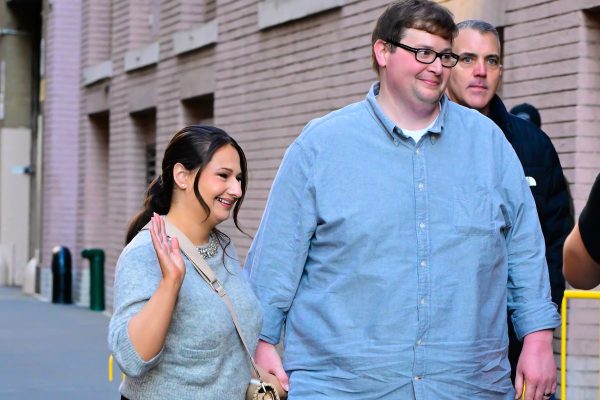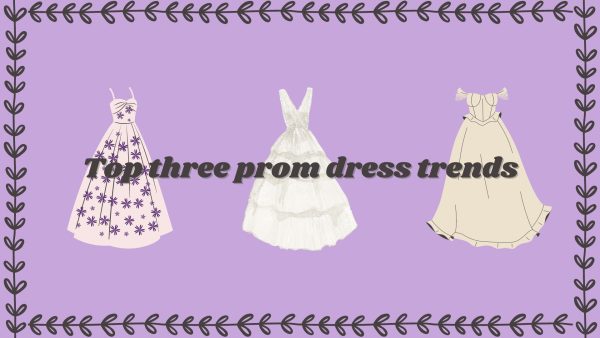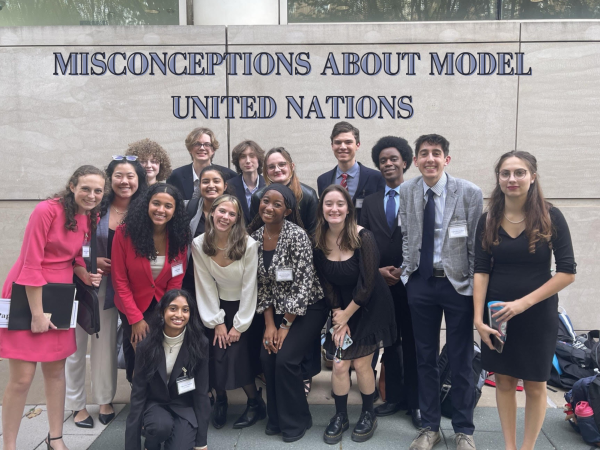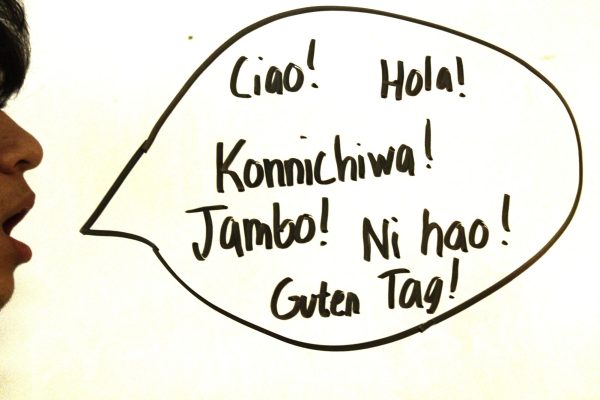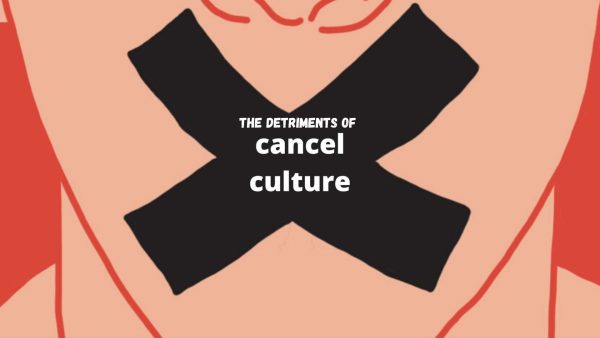Rap takes a stumble with the mumble
October 19, 2017
The true meaning of rap diminishes when modern artists’ drug-induced mumbles make up the same genre that Nas, The Notorious B.I.G, and many others composed years ago. The issue exhibited in today’s generation of hip-hop concerns modern mumble rappers— lyrically incoherent artists that simply maintain catchy beats using mumbled sounds—versus true rappers, musical artists who implement literary devices in their lyrics, along with depth and rhythmic tempos.
DJ Kool Herc, also known as the “Father of Hip Hop and Rap”, discovered the rap genre on August 11, 1973 at his renowned back-to-school party in the Bronx, New York. From here flourished a new era of music that constituted certain musical qualifications that any style would withhold, whether it be jazz, rock, tango, or in this case: rap.
Successors truly defined and created the standards for the genre in the late 20th century. The Notorious B.I.G, DMX, and Tupac merely embody a sample of the generation’s top artists and the talents required to execute a successful track in rap. From there arose hip-hop savants in the late 20th and early 21st century, such as Jay-Z, Dr. Dre, and Eminem.
Today, in 2017, only a handful of brilliant minds remain that continuously exhibit rap’s roots though their lyrics, instrumentals and general structure: Kendrick Lamar, J. Cole, Logic, Chance The Rapper, and Jay-Z.
A generation of ‘artists’ appeared from the dark crevices of today’s media and falsely proclaim themselves as rappers. These bold, inexperienced musicians often thrive as one-hit-wonders and proceed to produce their rhythmically dysfunctional sounds under the same genre which embodies masterpieces including “Illmatic” by NAS, “2014 Forest Hills Drive” by J. Cole and “good kid, m.A.A.d city” by Kendrick Lamar.
21 Savage, Kodak Black, and Lil Pump thoroughly represent the musically incoherent line of false rappers emerging in the 21st century, also referred to as mumble rappers. The careers feed off of over-emphasized conflict with other entertainers and the justice system, public exhibitions of materialistic entities, and a profound absence in musical competence.
A line dividing true artists and mumble rappers brings about controversy and questions of what exactly defines a true rap artist. The lyrical structure, originality, and intensity of a track portrays the artist’s basis of talent. The minds of humanity’s greatest rappers all retain a malleable, eternally creative composition, allowing them to combine words in order to produce unpredictable and intricate rap.
Mumble rappers care only to regurgitate incomplete phrases strictly regarding money, drugs, and over-sexualization. Rather, a genius such as J. Cole sings to address racial crisis in America, and Logic raps to help those going through rejection, isolation, and suicidal intentions; purpose resides in these lyrics.
The simplest solution in isolating this generation of mumble rappers from true rap already exists, but must receive further recognition. Performers who solely demonstrate overpowering instrumentals, obnoxious ad-libs, and little lyrical intensity fall into a genre referred to as trap.
Artists such as Migos, Gucci Mane, and Young Thug rightfully popularize the trap genre, a protestant branch of rap which clearly draws the line between true, talented rappers versus mumbling entertainers.
In order to entertain the concept of the trap genre, the fathers of rap must first receive appreciation and respect, but the 21st century hip-hop community lacks said acknowledgement. The contrast in talent between rap artists and mumble rappers requires a greater significance in order for the classic and modern rap-savants to receive their well earned (and overdue) respect.








